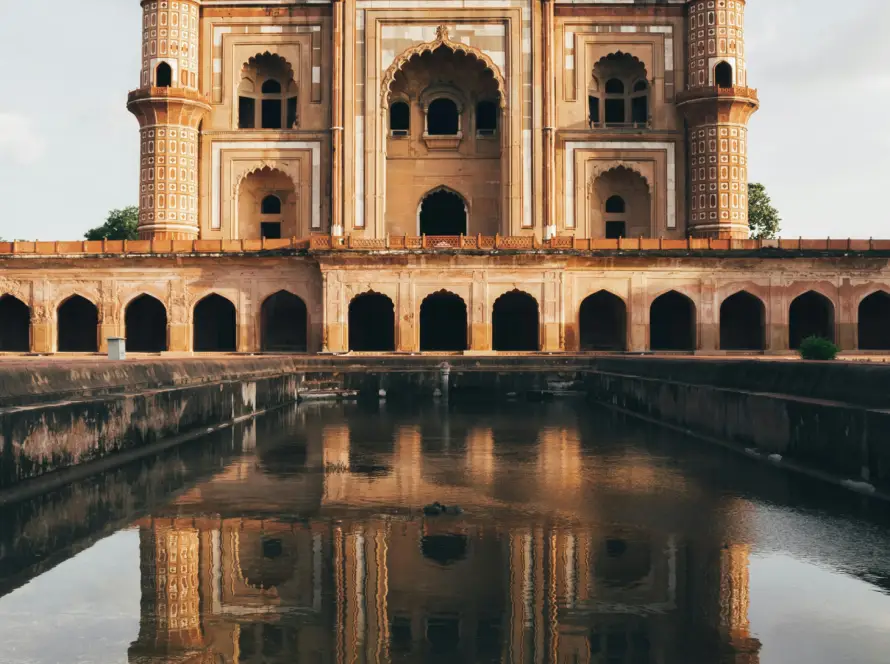Generated by Contentify AI

Introduction
Indian classical music and dance forms have a rich history that dates back centuries. These art forms are deeply rooted in tradition and culture, with each movement and musical note telling a story. Indian classical music is known for its complex melodies and intricate rhythms, while classical dance forms such as Bharatanatyam, Kathak, and Odissi, are characterized by their expressive movements and storytelling. Both music and dance are integral parts of Indian culture, often performed in temples, at festivals, and in various cultural events. The beauty and intricacy of Indian classical music and dance forms continue to captivate audiences around the world.
The Rich Cultural Heritage of Indian Classical Music
Indian classical music and dance forms are deeply intertwined with India’s cultural heritage, dating back centuries. They are known for their intricate rhythms, expressive movements, and storytelling. These art forms are integral to Indian culture, with performances often taking place in temples, at festivals, and during various cultural events. The beauty and complexity of Indian classical music and dance forms continue to captivate audiences around the world, showcasing the country’s rich artistic traditions.
The Evolution of Indian Classical Dance Forms
The evolution of Indian classical dance forms is a fascinating journey that reflects the rich cultural heritage of India. These dance forms have been shaped by historical, social, and religious influences over the centuries. From Bharatanatyam’s origins in the temples of Tamil Nadu to Kathak’s development in the Mughal courts of North India, each dance form has a unique story to tell. Over time, these dance forms have evolved, incorporating new movements, themes, and expressions while staying true to their traditional roots. Today, Indian classical dance forms continue to thrive, captivating audiences with their grace, beauty, and storytelling.
The Role of Rhythm and Melody in Indian Classical Music
Indian classical music and dance forms are deeply rooted in tradition and culture, with each movement and musical note telling a story. These art forms are known for their intricate rhythms, expressive movements, and storytelling, showcasing the country’s rich artistic traditions. From Bharatanatyam’s origins in the temples of Tamil Nadu to Kathak’s development in the Mughal courts of North India, each dance form has a unique story to tell, reflecting the rich cultural heritage of India. Today, Indian classical music and dance forms continue to captivate audiences around the world, showcasing the country’s rich artistic traditions.
The Various Styles of Indian Classical Dance
Indian classical dance forms encompass a wide variety of styles, each with its own unique characteristics and history. Bharatanatyam, originating in the temples of Tamil Nadu, is known for its expressive movements and intricate footwork. Kathak, which evolved in the Mughal courts of North India, focuses on storytelling through rhythmic footwork and graceful hand movements. Odissi, from the state of Odisha, is characterized by its fluid and lyrical movements, depicting themes from mythology and nature. These dance forms are deeply intertwined with Indian classical music, often accompanied by live orchestral music that adds depth and emotion to the performances. The rich cultural heritage and historical significance of these dance forms continue to make them an integral part of Indian tradition and a source of fascination for audiences worldwide.
The Influence of Indian Classical Music and Dance on Modern Culture
Indian classical music and dance forms have a rich history that dates back centuries. These art forms are deeply rooted in tradition and culture, with each movement and musical note telling a story. Indian classical music is known for its complex melodies and intricate rhythms, while classical dance forms such as Bharatanatyam, Kathak, and Odissi, are characterized by their expressive movements and storytelling. Both music and dance are integral parts of Indian culture, often performed in temples, at festivals, and in various cultural events. The beauty and intricacy of these art forms continue to captivate audiences around the world. The influence of Indian classical music and dance on modern culture is significant, with elements of these art forms often being incorporated into contemporary music, dance, and even popular culture. The use of classical Indian dance movements in modern choreography and the fusion of classical Indian melodies with modern music genres demonstrate the enduring impact of these traditional art forms on the world stage. Whether through traditional performances or contemporary adaptations, Indian classical music and dance continue to inspire and influence modern culture, showcasing the timeless beauty and relevance of these art forms.
Preserving and Promoting Indian Classical Music and Dance for Future Generations
Preserving and Promoting Indian Classical Music and Dance Forms
The preservation and promotion of Indian classical music and dance forms are essential for ensuring that these rich cultural traditions endure for future generations. Efforts to document and archive traditional compositions, instructional materials, and performances play a crucial role in safeguarding the authenticity and integrity of these art forms. Furthermore, educational initiatives, workshops, and festivals help in nurturing interest and understanding among younger audiences. Collaboration with international institutions and artists also contributes to the global visibility and appreciation of Indian classical music and dance forms. By embracing innovative approaches while upholding traditional values, these timeless art forms can continue to inspire, educate, and captivate audiences worldwide.
Conclusion
Indian classical music and dance forms are deeply intertwined with India’s cultural heritage, dating back centuries. They are known for their intricate rhythms, expressive movements, and storytelling. These art forms are integral to Indian culture, with performances often taking place in temples, at festivals, and during various cultural events. The beauty and complexity of these art forms continue to captivate audiences around the world, showcasing the country’s rich artistic traditions. Indian classical music and dance forms have a rich history that dates back centuries. These art forms are deeply rooted in tradition and culture, with each movement and musical note telling a story. Whether through traditional performances or contemporary adaptations, Indian classical music and dance continue to inspire and influence modern culture, showcasing the timeless beauty and relevance of these art forms.



